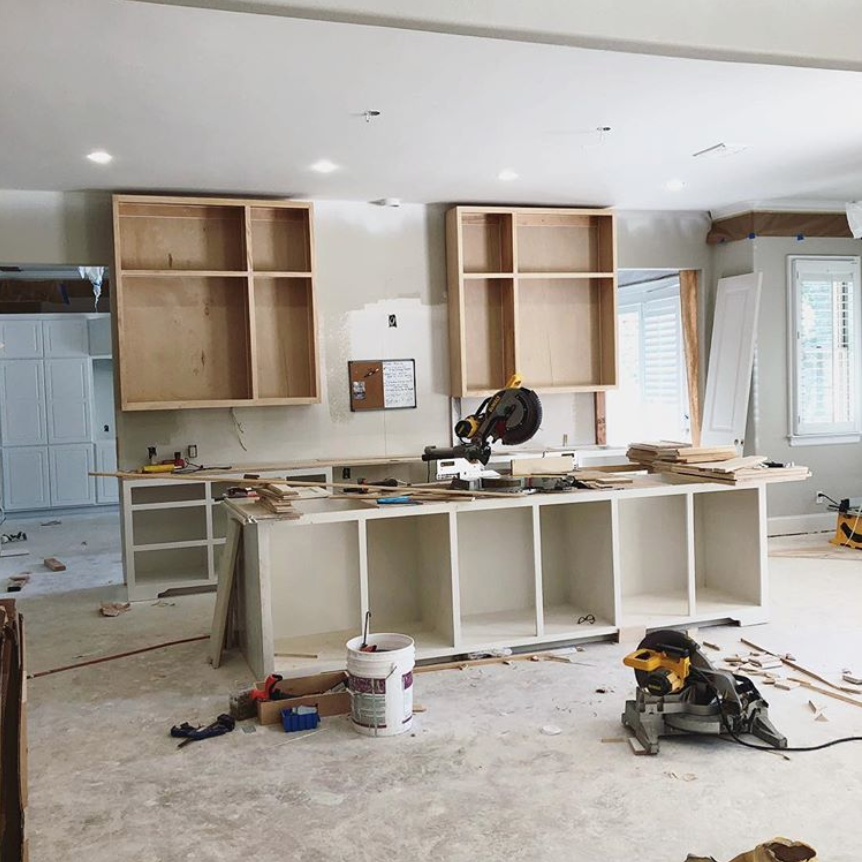
13 Ways Interior Designers Manage Client Expectations
Managing client expectations is one of the most crucial aspects of running an interior design business. Establishing a mutual understanding of the end-to-end design process lays down the foundation for a trustworthy and rewarding designer-client relationship. As an interior designer, your reputation is everything in this business, therefore, consistently maintaining positive relationships with clients will lead you to more successful and productive projects. Ivy Designers share the strategic and creative ways they manage client expectations.
1. Before your first consultation meeting, have your potential client complete a detailed questionnaire so you’re both well-prepared for an initial discussion.
2. For residential processes, ensure both partners / spouses are present in the initial meeting.

Photo by @amybartlam via @22interiors
3. In the first meeting, be very upfront about everything. Thoroughly discuss your process and detail how you work, bill, correspond, etc. Provide visual guides such as examples of old time bills so they can have a better understanding of what to expect. This helps you establish trust.
4. After your client briefs you and you fully understand the scope of the project, be honest about the feasibility of their expectations. Setting realistic expectations around costs and timeline is crucial to avoid issues later on.
5. Get the money discussion out of the way as soon as possible. This way, you can spot potential red flags before you commit to working with a new client.
6. Share your current project load from the get-go so your client understands your bandwidth and that you may be working with more than one client at a time.
7. Include as many details as you can in your Welcome/Intro packet. Provide full disclosure on elements such as the process chart, scope of work, project stages and guidelines, check-lists, important how to’s, FAQ, budget calculator office hours, an air-tight contract / LOA (Letter of Agreement), etc. Share a process chart, scope of work, project guidelines, a checklist for clients to follow, etc. Establish “billing & purchasing procedures” within your contract so there are no surprises. Have your clients initial each section about what is billable, what is design work, administrative or project management. Get all of your policies in writing. Lay down the law. Explain the what if’s, and’s, but’s, and potential hiccups. Make your boundaries crystal clear. Send ahead/share these documents as early as you can so the client quickly understands how you can best work together.
8. Delicately explain to clients that in interior design projects, something always goes wrong, it’s not an exact science. This is the nature of the business, however, it’s your job as the interior designer to handle issues should they arise.
9. Hand potential clients a list of “things you should know”, especially for the clients who have never worked with an interior designer. You can share this list of 20 things you should know about working with an interior designer.
10. Encourage your client to over-communicate! Let your client know that you’ll keep in touch on a regular basis.
11. Never promise more than can be delivered. Under-promise and over-deliver! If it’s possible, you’ll make it happen; if it’s not possible, make sure your client understands the realities.
12. Ensure your clients don’t expect HGTV turnarounds. Clients should be prepared for delays that can be out of the interior designer’s control. Kindly request patience throughout this process.
13. Explain to your client that your role is different than the role of the contractor. Interior designers don’t control how the contractor’s subcontractors work and who shows up for days on the job.
Here at Ivy, we’re more than just an interior design software. Our mission is to provide interior designers with the community, resources and tools needed to manage your business beautifully. Are you searching for a business management tool to help streamline your workflow as an interior designer?









